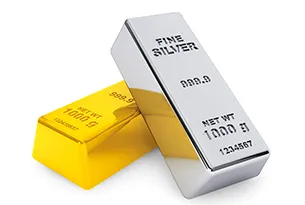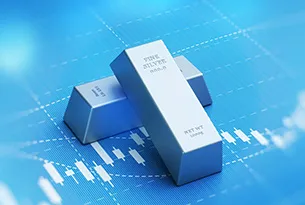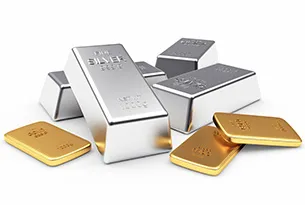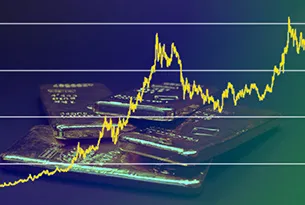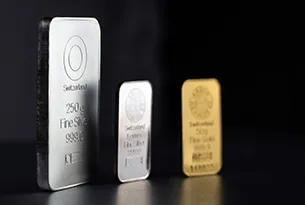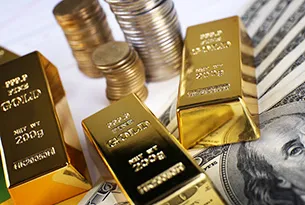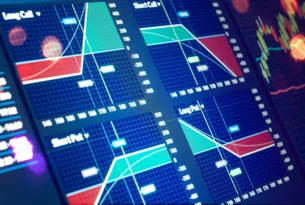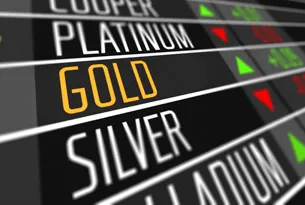Trader Markus Heitkoetter discusses how he applies the popular Moving Average Convergence Divergence (MACD) indicator, reviewing the adjustments he makes to ensure that he is deriving consistently accurate signals from this indicator.
There are literally thousands of indicators you can use as a short-term trader. Our guest today is Markus Heitkoetter; he is here to talk about his favorites.
So Markus, I know MACD is one of your most important indicators. First of all, talk about what it is and then how you use it.
Yeah, MACD is the Moving Average Convergence Divergence, and basically it is a study. So we are having one indicator there that is measuring the difference between two exponential moving averages: a slow moving average and a fast moving average.
Then we have another line on there, the so-called “signal line,” which is a moving average of the MACD, and the third component is usually the histogram.
What does that look like on a chart? Is it actually on the bars themselves, or is it one of those that is shown below?
It is one of the studies that is shown below, and the way most traders use the MACD is that they are looking for a simple crossover of the MACD and the signal line.
So when the MACD is crossing the signal line from below, they want to go long, and when it crosses it from above, they want to go short. But there are significant disadvantages when you are using it this way.
Talk about those.
Well, especially in a sideways market, you will often get whipsawed, and you are getting a lot of false signals.
The way I like to use the MACD is that I’m not looking for a simple crossover. In addition, I want to see that the MACD is above the zero line before I consider going long, and that is below the zero line and the signal line before I consider going short.
Are there specific markets that MACD works best on?
No, I mean, I’m a daytrader; I trade mainly the futures markets; I trade crude oil; I trade gold; I trade the interest rates; I trade the stock indices, like the E-mini S&P, the E-mini Dow; I trade the currencies, and MACD works in all of them.
So how many signals can I expect to get on any given day with the settings that you use for it?
Well usually per market, there might be one or two settings because I only like to trade the active trading session from 9:30 to 11:30 eastern time, because that is when the markets are really moving.
After this, we are going into the lunch break and the markets are rather flat, and especially if you are trading commodities, there is no afternoon session.
So I limit my trading opportunities to the first two hours and I might get one or two opportunities per market.
So Markus, you probably hear from traders who have these thousands of indicators that they are looking at. How did you settle on MACD as one of your favorites?
Well, I have been trading now for 22 years and I have used so many indicators. You have to find a setting where you have several confirming indicators. So I like to use Bollinger bands, MACD is another indicator, and the third is the Relative Strength Index (RSI). I have found that these three indicators are nicely confirming each other.
One thing you want to avoid is having conflicting indicators, because then you suffer from what I call “analysis paralysis.” Half the indicators are screaming buy, the other half are screaming sell, and you don’t know what to do.



















